Principles of Judicial Proof Volume 1; As Given by Logic, Psychology, and General Experience, and Illustrated in Judicial Trials
$106.88
Description
This historic book may have numerous typos and missing text. Purchasers can download a free scanned copy of the original book (without typos) from the publisher. Not indexed. Not illustrated. 1913 Excerpt: …harmonious than the testimony; they unanimously avoided the grossest errors of the witness; and their average error, 20.6 per cent, was not so high as the witnesses’ average, 27 per cent;… moreover, they all picked out the very same witness as the most trustworthy, and this witness was in fact the best one.” Again in Detmold’s experiment, he found that “in spite of the numerous omissions and errors in the testimony, it is possible by comparison of a number of them to put together a correct picture of the occurrence, at least in its essentials.” And finally, in Gunther’s experiment, he reports, “It is very satisfactory to note that, in the identification of the person charged, in spite of the great inconsistencies of the testimony, the correct result was found; for both findings were 100 per cent correct, though the average correctness of the witnesses was only 80.6 per cent…. The average for correctness of the entire finding was 90.6 per cent for one judge, and 87.4 per cent for the other, though the average of correctness for the witnesses was only 79.9 per cent.” Is it not safe to say that neither the absolute nor the relative inefficiency or untrustworthiness of a jury’s or judge’s finding of fact ought to be positively asserted until after an extended series of experiments in which such a finding has been included? The few such experiments hitherto made give some ground for assuming that the testimonial errors, as detected in the experiments, are to a greater or less extent without influence on the verdict. TITLE III (continued): TESTIMONIAL INTERPRETATION SUBTITLE B: EXTENT AND SOURCES OF ERROR AS INDICATED BY SOME COMMON TESTIMONIAL INCIDENTS Topic 1. Defective Basis of Perception 296. ELIZABETH CANNING’S TRIAL. (1754. How…
Author: Wigmore, John Henry
Topic:
Media: Book
ISBN: 1236436873
Language: English
Pages: 686
Additional information
| Weight | 2.66 lbs |
|---|---|
| Dimensions | 9.69 × 7.44 × 1.37 in |


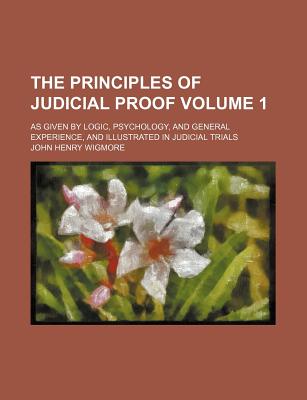
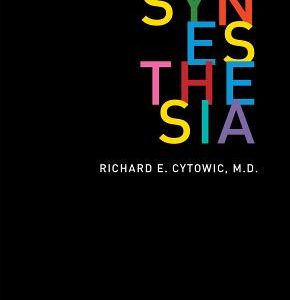
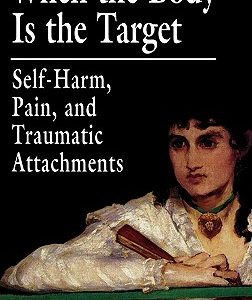
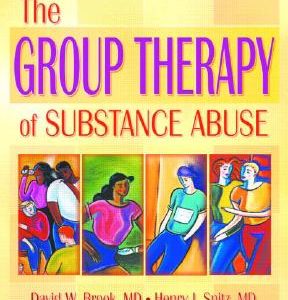

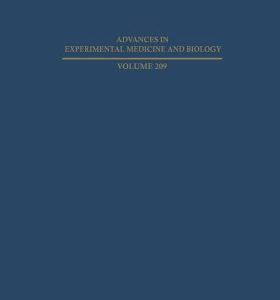

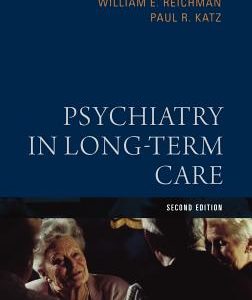
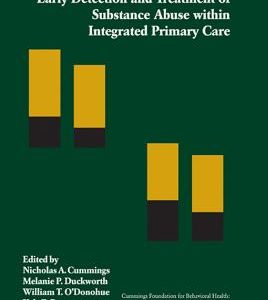


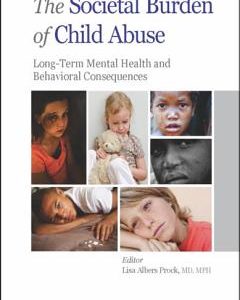

Reviews
There are no reviews yet.